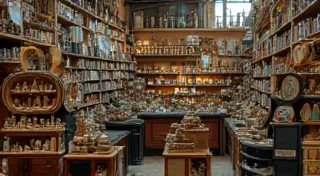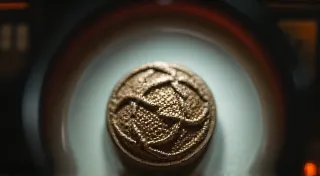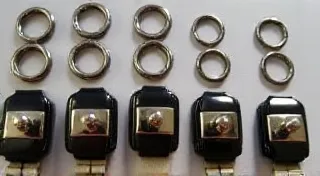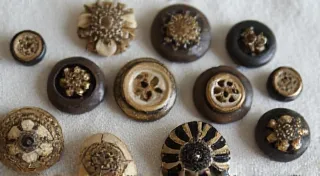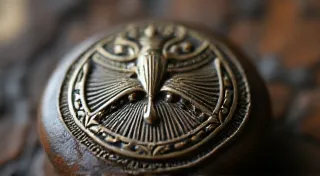Collecting Glass Buttons: Types, Characteristics, and Values
Glass buttons represent a fascinating chapter in the history of button collecting. While often overlooked in favor of more elaborate materials like jet or horn, glass buttons offer a surprising variety of styles, manufacturing techniques, and – yes – potential value. This guide will delve into the world of antique glass buttons, exploring their different types, what to look for when identifying them, and how to assess their worth.
A Brief History of Glass Button Manufacturing
The use of glass in button production began to become more prevalent in the 18th century, though it remained less common than other materials. Early techniques relied heavily on hand-forming, resulting in unique imperfections that are now considered charming characteristics. The Industrial Revolution brought about significant changes, introducing mold-blown and pressed glass techniques, leading to mass production and a wider availability of glass buttons.
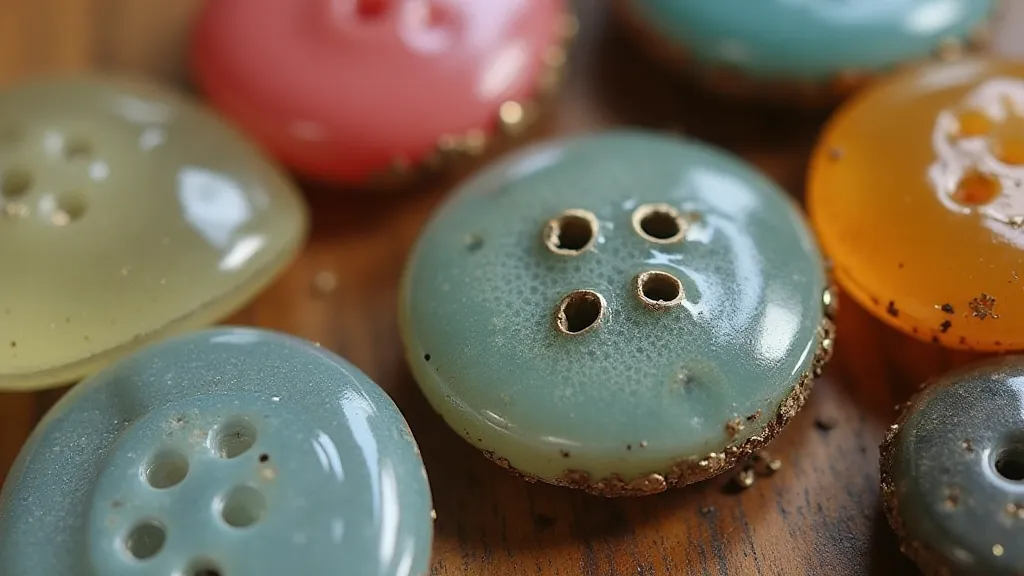
Types of Antique Glass Buttons
Identifying the type of glass button is crucial for both appreciating its history and determining its value. Here are some common types:
- Hand-Formed Buttons: These are the earliest examples, often irregularly shaped and slightly imperfect. Their value is often higher due to their rarity and handcrafted nature.
- Mold-Blown Buttons: These buttons are formed by blowing molten glass into a mold. They often exhibit subtle variations in thickness and shape.
- Pressed Glass Buttons: The most common type produced during the Victorian era, pressed glass buttons are formed by forcing molten glass into a mold under pressure, creating intricate designs.
- Luster Glass Buttons: These buttons are coated with metallic oxides during firing, giving them a shimmering, iridescent surface. They are highly desirable among collectors.
- Painted Glass Buttons: Some glass buttons were decorated with hand-painted designs, adding a decorative element.
- "Facet" Buttons: Buttons with multiple cut or ground facets. These were often more expensive to produce and therefore signify a higher quality item.
Key Characteristics to Consider
When examining antique glass buttons, consider the following:
- Color: Early glass buttons were often made in relatively simple colors like clear, white, and brown. Later, more vibrant hues – blues, greens, ambers – became common.
- Design: Look for patterns, embossed details, or painted decorations. Victorian designs frequently featured floral motifs, animals, or geometric patterns.
- Size: Button sizes varied depending on their intended use.
- Condition: Condition is paramount. Chips, cracks, scratches, and missing shanks (the loop or post used to attach the button to clothing) will significantly reduce value.
- Clarity & Frosting: Early glass buttons can show signs of age and manufacturing processes. "Frosting" – a cloudy appearance – is common, and while it can detract from the appearance, it's often a sign of authenticity.
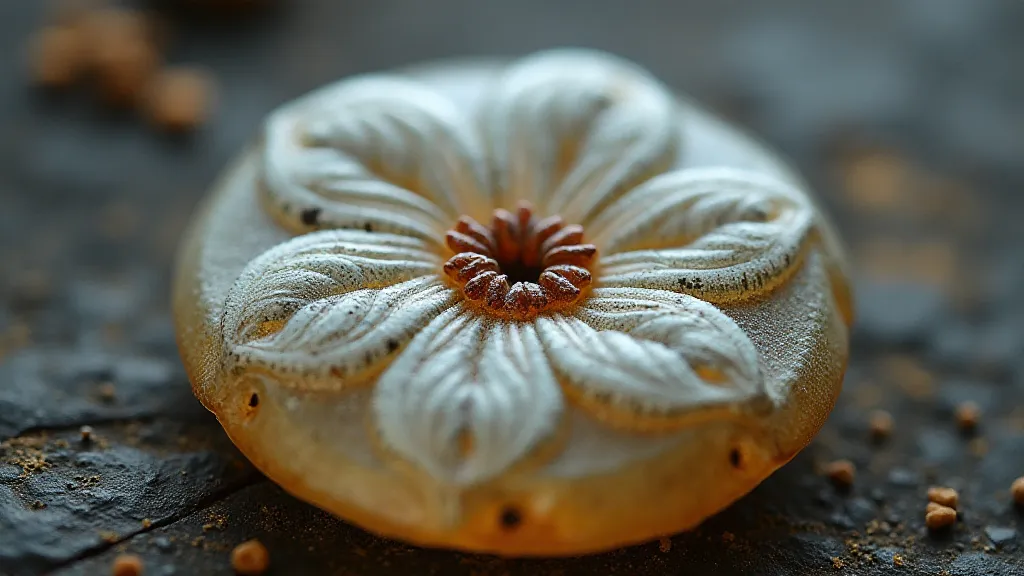
Valuation Factors
Determining the value of antique glass buttons involves several factors:
- Rarity: Unique designs or unusual colors command higher prices.
- Age: The older the button, generally the greater its value (though exceptions always exist).
- Demand: Certain styles or colors may be particularly sought after by collectors.
- Condition: As previously mentioned, condition is crucial.
- Size & Quantity: Larger buttons or lots of buttons tend to be worth more.
- Historical Significance: Buttons associated with specific events or individuals can be highly prized.
Tips for Collecting Glass Buttons
- Research: Familiarize yourself with different types of glass buttons and their characteristics.
- Handle with Care: These are delicate objects!
- Attend Button Shows: A great way to see a wide variety of buttons and connect with other collectors.
- Join Button Collecting Clubs: Benefit from the knowledge and experience of fellow enthusiasts.
- Be Patient: Building a valuable collection takes time and dedication.

Collecting antique glass buttons is a rewarding hobby that combines historical appreciation with the thrill of the hunt. With a bit of knowledge and careful examination, you can uncover hidden gems and build a fascinating collection of these often-overlooked treasures.
